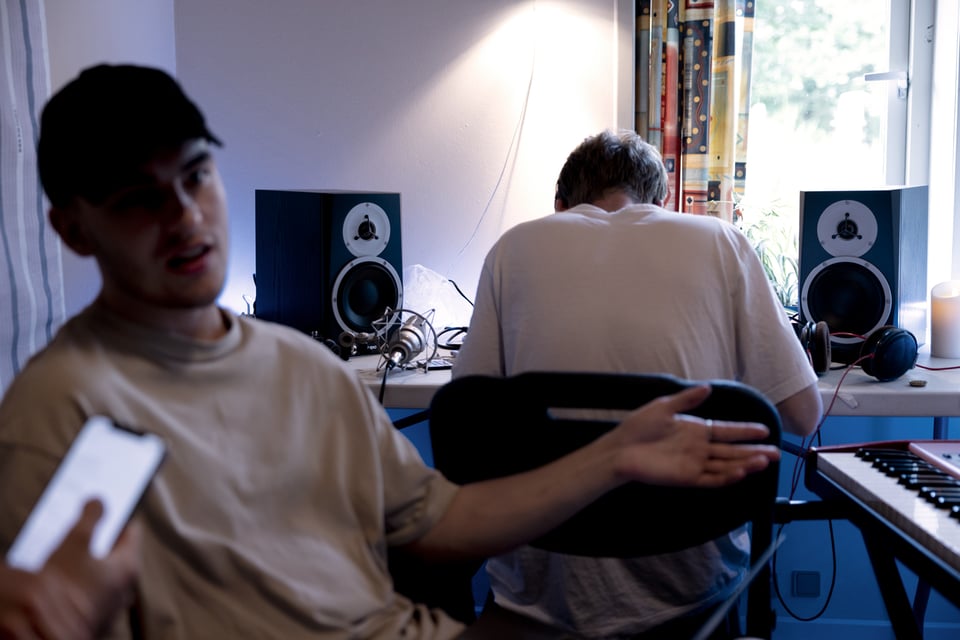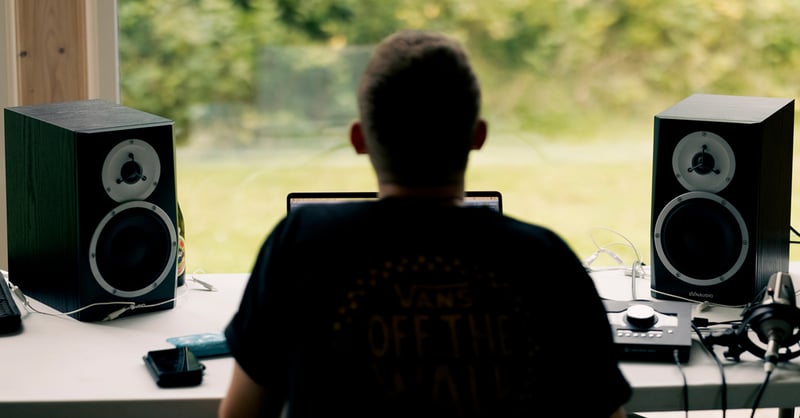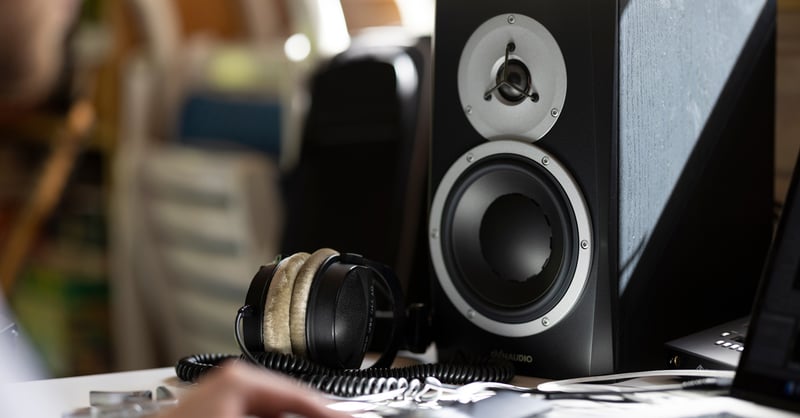When you create music in small recording and mixing studios, acoustic treatment is crucial if you want balanced, consistent and high-quality results. (And we’re assuming you do.) But actually getting it in there can be quite challenging; despite the best intentions and efforts, small rooms often fall short of meeting the necessary standards and recommendations. Let’s look into the reasons behind these challenges…
Room modes and resonances
One of the most critical aspects of acoustic treatment is addressing room modes or resonances. Room modes occur when sound waves bounce back and forth between parallel surfaces, causing certain frequencies to be reinforced or cancelled out at specific locations. This gives the room an uneven frequency response, which leads to inaccurate monitoring – and then you can’t really trust what you hear.
In larger studios, room modes can be easier to manage simply because there’s more space. In smaller studios, though, the limited dimensions often create stronger and more complex room modes that are harder to cope with.
Diffusion and absorption
Simply put, diffusion scatters sound waves in various directions, reducing the prominence of reflections and creating a more spacious and natural sound, while absorption reduces the reflection of sound waves, preventing excessive reverberation and enhancing clarity.
In small studios, finding the perfect balance between diffusion and absorption can be tricky. While diffusion may help create a more immersive soundstage, it requires space to really be effective. Absorption is often necessary to control reflections, but excessive treatment risks making the room acoustically dead.

Recommendations and standards
And then there’s the challenge of complying with real-world standards. Organizations like the Audio Engineering Society (AES) and the International Electrotechnical Commission (IEC) provide guidelines for room acoustics, including recommendations for reverberation time, frequency response and stereo imaging.
These standards are essential for ensuring accurate and consistent sound reproduction, but they’re often based on ideal room sizes that might well be larger than many home studios. The close proximity of speakers to the walls and the limited space for proper placement can compromise stereo imaging and unbalance frequency response.
So, what can you do to overcome these challenges and make the most of a small recording and mixing studio?
Understanding the challenge
It’s crucial to know the limitations of your space. Small rooms will always have certain inherent acoustic issues, but by being aware of them you can adapt and make meaningful adjustments.
Strategic placement of acoustic treatment is key. Identifying primary reflection points, such as the side walls and ceiling, and treating them with absorptive materials can help control early reflections and improve the stereo image. As mentioned in this article, you could place a small couch in the middle of the room to act as a bass-trap, and one or more bookcases with irregularly spaced books for diffusion.
Experimentation is vital. Try out different arrangements of acoustic panels, diffusers or basically any object of a significant size and with a significant surface.
Digital tools and technology can complement acoustic treatment efforts in small studios, too. Room-correction software, for example, can help to compensate for some of the acoustic issues by applying digital filters to the audio signal. It can’t replace proper acoustic treatment, but it can be useful for enhancing the listening experience in less-than-ideal environments. Of course, that’s quite a big topic on its own – stay tuned for another article…
The problem with small rooms is…
The main problem with small rooms is that… well, they’re small.
Limited spaces can cause complex room modes, and the difficulty of meeting established standards can make it difficult to achieve optimal sound reproduction. But understanding the fundamental principles of acoustic treatment – and acknowledging the limitations of your space – will help you position materials strategically.
With a little perseverance and an open mind, small studios can become effective spaces for mixing and mastering music. So, treat your small studio space – but don’t overdo it.
Sign up to get more great articles
Nothing compares to the satisfaction of knowing – for a fact – that something is as good as it gets







